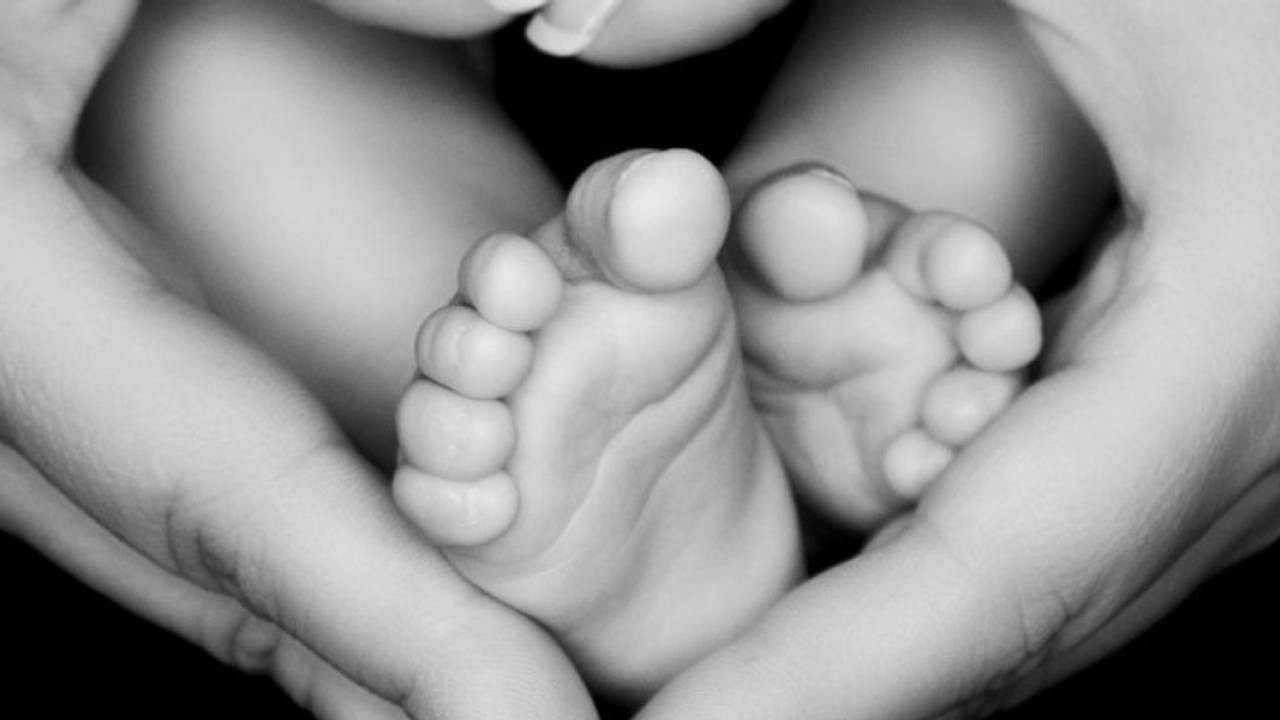Your Body After Baby
Mar 05, 2022
After a vaginal or cesarean delivery your pelvic floor and abdominal muscles will have been hugely stretched and possibly damaged which can make it harder to get them working well again afterwards.
Your body will heal on its own but it is important for you to know what is normal and what isn’t on your road to recovery. Often your first goal may be to lose your baby weight and get your tummy tone back but sometimes certain exercise can make problems worse so it is important to know when and how to begin. QuayPhysio can help you with this. We don’t want you to make problems worse.
What is normal? 0-8 weeks after delivery
- You may feel like your bottom is falling out and not know how you should be standing or sitting
- You may experience pain in your back, hips or pubic area
- You may have difficulty controlling urine, gas or stool
- Your neck, arms, back and hips may be sore as you adjust to lifting and feeding you baby.
This is an important stage of healing. You must allow yourself time to adjust and take time to listen to your body.
What To Do As You Heal
- Try not to slouch when sitting, standing, feeding or carrying your baby. Use pillows to support your back and baby. It is important to develop good postural habits now, as good habits can prevent future problems.
- Begin to gently contract your pelvic floor muscles and deep abdominal muscles. Your pain should not increase when you use these muscles gently. Slowly increase the number of contractions and start by holding each one for up to 5 seconds (10 seconds is your goal). Come and see us to check you are doing this properly.
- Stretch your back, buttocks and shoulders to help relieve soreness.
- Rest is just as important as exercise at this stage so allow yourself time to adjust and take time to listen to your body!
- If you have had a second or third degree tear make an appointment now to get checked out and make sure everything is healing right and you are doing the right exercises.
8+ Weeks After Delivery
- Your bleeding should have stopped and any incisions/tears should have healed; consult your doctor if you have any concerns.
- You should be pain free.
- You should have control over your bladder and bowel movements.
- You may begin to increase you activity level and consider returning to your exercise class/practice but before you do, go through the following check list of ‘not normal’ findings to ensure you are ready….
What Is NOT Normal?
If you have any one or several of these, please come and see us as these don’t usually go away on their own…
- Ongoing back, pelvis, groin or abdominal pain
- Leaking of urine, stool or gas when laughing, coughing, sneezing, jumping, lifting, walking or running
- Leaking urine or stool when you feel a strong urge to go
- Pressure or bulging in your vagina or rectum
- Bulging of your abdomen during ANY exercise…. Do the two tests below to check
- Difficulty doing any of your everyday activities because of pain, leakage, pressure of other symptoms that concern you.
What To Do If You Have a Symptom?
None of the above symptoms are normal at this stage. If you have one or more of the above, you should;
- Make an appointment to see one of our Therapists at The HealthHub. These symptoms do not usually go away on their own.
- In the meantime, do not do sit-ups or any other core strengthening. Your core muscles (deep abdominals and pelvic floor) likely need to be trained before they can be strengthened. There is a difference and we can explain this to you.
Self Check Tests
1. Curl Up Test
Lie on your back with your knees bent. Slowly lift your head and shoulders up off the floor keeping your chin tucked in.
2. Leg Lift Test
Lie on your back with your legs straight. Lift one leg up off the ground about 2 inches.
During each test check for the following:
- Do you have back or pubic pain with these tests?
- Try to feel the borders of the (rectus abdominus) muscles along the middle of your tummy. Is there a ‘soft’ gap or separation of these muscles?
- Do you see any bulging or doming of your abdomen?
- Feel your pelvic floor (at the opening of your vagina). Is there descent or bulging out?
If any of the above occurs, come and see us for a complete assessment of your abdominal and/or pelvic floor muscles before beginning to exercise. Call us now on 01548 852 355.
What to Expect At the HealthHub
Your Physio will provide a detailed assessment, which may include and internal examination. They will then explain their findings and work with you to develop a treatment plan (manual therapy, education and exercise) specific to your needs.
We will also advise you when you are ready to take on more activity and help you to work towards whatever goals you have be that returning to running, specific sports, hobbies or classes.
With love,
Vic
The above information has been produced by Physiotherapy Association of British Columbia. Thank you for letting us use it.
Originally written: 11th Novemeber 2014
Don't miss a beat!
Sign up to our newsletter to keep up to date on the latest blog posts, news, and info on how to live a life of freedom and joy!
We hate SPAM. We will never sell your information, for any reason. You can find out more on how we store your info by heading over to our privacy policy.

